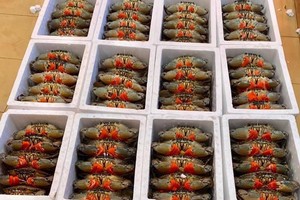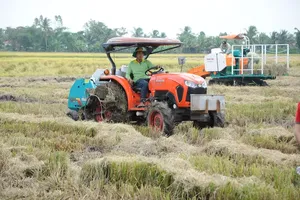
The Institute for Research on Strategies and Policies for Industry and Trade, under the Ministry of Industry and Trade, organized a key seminar today in Ho Chi Minh City to discuss this roadmap. Titled ‘Development of the Vietnamese Dairy Industry by 2030 with a vision for 2045’, the event was chaired by Deputy Minister of Industry and Trade Truong Thanh Hoai and featured a wide range of stakeholders, including the Vietnam Dairy Association, prominent dairy enterprises, and leading experts and scientists.
According to a report by President Nguyen Xuan Duong of the Vietnam Livestock Association, in recent years, dairy farming in Vietnam has remained fragmented and lacks self-sufficiency in domestic raw materials. The Vietnamese milk market heavily relies on imported milk powder for reprocessing. This situation has resulted in domestic consumers not having access to optimal nutrition from fresh milk.
Additionally, the importation of milk powder and its reprocessing into liquid milk products diminishes the motivation for the dairy farming sector, leaving Vietnamese farmers outside the value chain of the dairy industry.
Statistical data indicates that the production of fresh milk has rapidly decreased from an annual growth rate of 17.7 percent during the period of 2010-2015 to only 3.3 percent per year from 2020 to 2024. If timely adjustments are not made, Vietnam will face the risk of failing to achieve the target of 2.6 to 2.8 million tons of fresh milk by 2030.
Vietnam is setting a goal to achieve approximately 60 percent self-sufficiency in fresh milk for the dairy industry from 2030 onwards, with a target of reaching around 100 kg of all types of milk per person per year by 2045. This objective is considered entirely feasible, as there is significant potential for growth in both livestock farming and the domestic milk market.
Currently, Vietnam's average dairy cow population is only 3.3 cows per 1,000 people, which is one-third that of Thailand and Japan, nearly half of South Korea's, a quarter of Israel's, and only one-twenty-sixth of the Netherlands'. Based on its natural and socio-economic conditions, Vietnam holds a comparative advantage in dairy cattle farming over Japan and Israel. Consequently, the dairy cow herd could increase four to fivefold by the 2030s, reaching 1.3 to 1.5 million cows, which would correspond to a raw fresh milk output of 4.3 to 5 million tons.
Speaking at the seminar, Deputy Minister of Industry and Trade Truong Thanh Hoai emphasized the essential role of the dairy industry in ensuring community nutrition and contributing to the improved stature, physical health, and intelligence of the Vietnamese people. Furthermore, he stated that it is a strategic sector for sustainable agriculture, fostering a modern food processing industry and increasing the competitiveness of Vietnamese goods in the international market.
To achieve the 2030 and 2045 goals of increasing domestic raw material self-sufficiency and raising per capita milk consumption, the Deputy Minister stressed the need for a synchronized development strategy, encompassing everything from raw material areas, processing technology, and logistics to distribution. He also called for the refinement of mechanisms and policies to attract investment, encourage innovation, and promote value chain linkages.

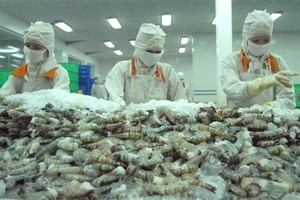


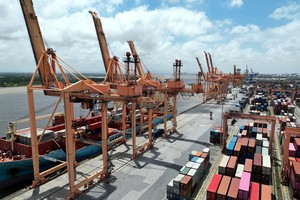


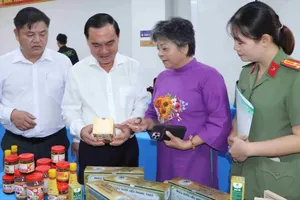
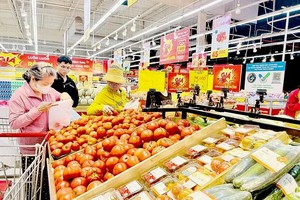

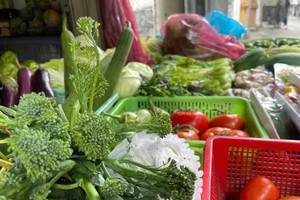

)




